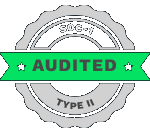Using data to increase customer retention and engagement in gift cards
With the rising usage of online payments, transactions, and purchases, gift cards have become an increasingly popular gifting mode. Due to its practicality and convenience, the gift card industry is expected to undergo a CAGR of 6.7% from 2021 to 2028. Thus, gift card companies must focus on retaining customers in a rapidly expanding industry.
Table of Contents:
The importance of customer retention
Ensuring that there are happy customers
Customer retention is vital to gift card companies as they heavily contribute to a reliable stream of revenue and thus profits, making these customers almost like brand ambassadors responsible for referrals and recommendations.
This makes it important for gift card companies to ensure that as many customers as possible have a positive and smooth experience using their services.
Contributing to long-term success
A smooth experience for customers ensures that they have increased trust and assurance in a company, which is essential for its long-term welfare.
Companies with high retention abilities to adapt and innovate according to the market’s trends, thus making them appealing to new customers and keeping old ones.
This, however, can only be achieved with strong data analytics that contribute to retention strategies.
Need reliant and high-quality data analytics for your firm?
Gift data analytics integrated for retention
Gift card companies employ various techniques to analyze trends and patterns between their products and customers, which helps build future strategies for customer retention. One such example is cohort analysis.
Cohort analysis
Cohort analysis is a powerful data analysis technique that separates a cohort of people into different groups based on their characteristics or habits.
It helps identify how these specific groups behave concerning their lifestyle, any trends, retention efforts, and marketing strategies using data science pipelines.
The basic explanation for how the analysis occurs is first by classifying the cohort as “time-based” or “behaviour-based”. Then, their habits are tracked, such as:
-
Redemption rates: how quickly a gift card is redeemed
-
Repeat purchases
-
Churn rates: how many stop purchases after a certain time
The data collected is then analyzed to absolve any retention patterns and behavioral changes, which are then used to come up with effective marketing campaigns.
CLV Analysis
Another example is customer lifetime value (CLV) analysis, which is a metric that estimates the total revenue a company can expect from a customer throughout its association. This makes it especially useful when thinking about the long-term value of customers.
There are a few key steps to calculating the CLV of a customer:
-
Data collection: monitoring purchase history, redemption data, and engagement metrics for marketing campaigns is collected.
-
Metrics like Average Purchase Value (APV), purchase frequency (F), and customer lifespan (L) are all deduced.
-
The formula is used to calculate CLV= APV x F x L
Some benefits to this basic calculation are that it can identify high-value customers that have a high retention capability. Thus, they optimize their market spending to a suitable audience and tailor retention strategies.
However, CLV is not always reliable due to variability in customer behavior.
Net promoter score
Net promoter score (NPS) is a widely used metric that measures the likelihood of customers recommending products or services to others.
It works by the company starting to collect feedback using survey questions. Then, a scoring criteria is created:
-
Promoters (9-10): These are highly satisfied customers who are likely to recommend the gift card to others.
-
Passives (7-8): These customers are satisfied but not enthusiastic and won’t promote it.
-
Detractors (0-6): These are dissatisfied customers who might discourage others from purchasing the gift card.
Then the NPS is calculated using: NPS= Promoters%–Detractors%
This score helps to identify trends of a product with customer demographics, purchase channels or gift card products. Companies can also address detractors by analyzing feedback or engaging promoters.
It also allows companies to focus on direct insights into customer perceptions of goods and services and gives them the ability to provide actionable feedback for products.
Gift card redemption tracking
Gift card redemption tracking provides insights into customer behavior, engagement, and the overall effectiveness of the gift card program. It looks into how, where, and when gift cards are redeemed by customers, as well as the type of gift card that is gaining popularity.
Here are a few metrics used for redemption tracking:
-
Redemption rate: percentage of gift cards that are redeemed.
-
Time to redemption: The average time it takes for customers to redeem their gift cards after purchase.
-
Redemption amount: The portion of the gift card value that is redeemed.
-
Reasons as to partial vs. full redemption.
This data is then used in the same way to produce targeted customer campaigns as well as predictive analysis.
Recommended Reading
Data-driven marketing
Having analyzed customer data from data science pipelines and details using the above strategies, gift card companies can now curate specialized marketing strategies to increase retention.
Predictive analytics can identify consumers who are likely to churn, allowing businesses to re-engage them proactively by offering targeted incentives or personalized rewards.
Behavioral retargeting might help you recoup potential revenue by delivering reminders or special offers to clients who expressed interest in gift cards but did not make a purchase.
Thus, companies can deliver consistent and personalized promotions to potential customers, thus increasing customer trust as they feel valued.
Engagement by Loyalty Programs and Personalization
Loyalty programs
Another great way for gift card companies to increase customer trust is by using loyalty programs.
One such example is reward points, where customers receive points for each gift card they buy or redeem, which may be accumulated and used to get discounts, free products, or special deals. This encourages customers to make recurring purchases and choose gift cards as their preferred alternative.
Retention can also increase by incentivizing the purchase of such gift cards and offering exclusive benefits, such as early access to deals or exclusive discounts on gift cards, which can make customers feel cherished.
Personalization
Businesses can deliver tailored offers and promotions based on prior purchasing patterns and preferences by analyzing client data. For example, a client who purchases restaurant gift cards regularly may be eligible for a special discount on their preferred eating gift card.
Providing targeted reminders and communication on platforms that customers regularly use (such as SMS, Instagram, YouTube, etc.), in addition to other data visualization techniques, can boost company value, making the experience more relevant to them.
Conclusion
With the increasing sophistication of data analytics and integration into customer engagement, gift card companies will benefit from customer data by increasing retention. This will help increase any potential revenue, thus providing consistent long-term sales for them.
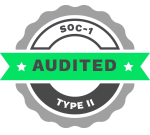










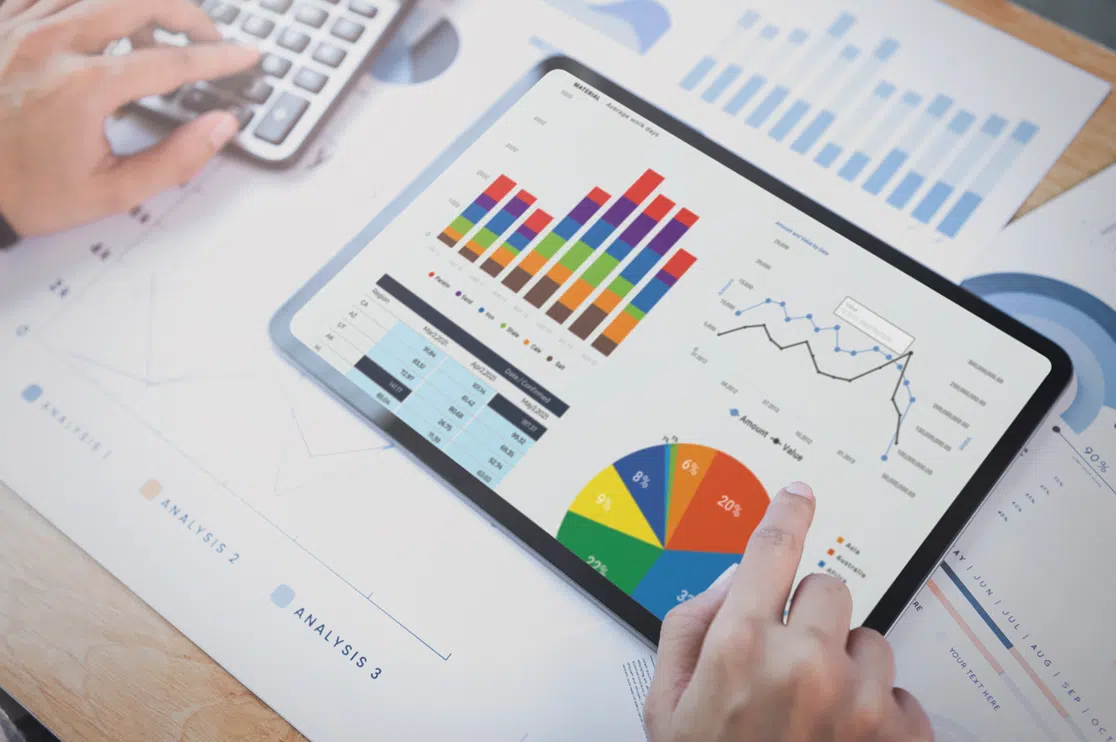

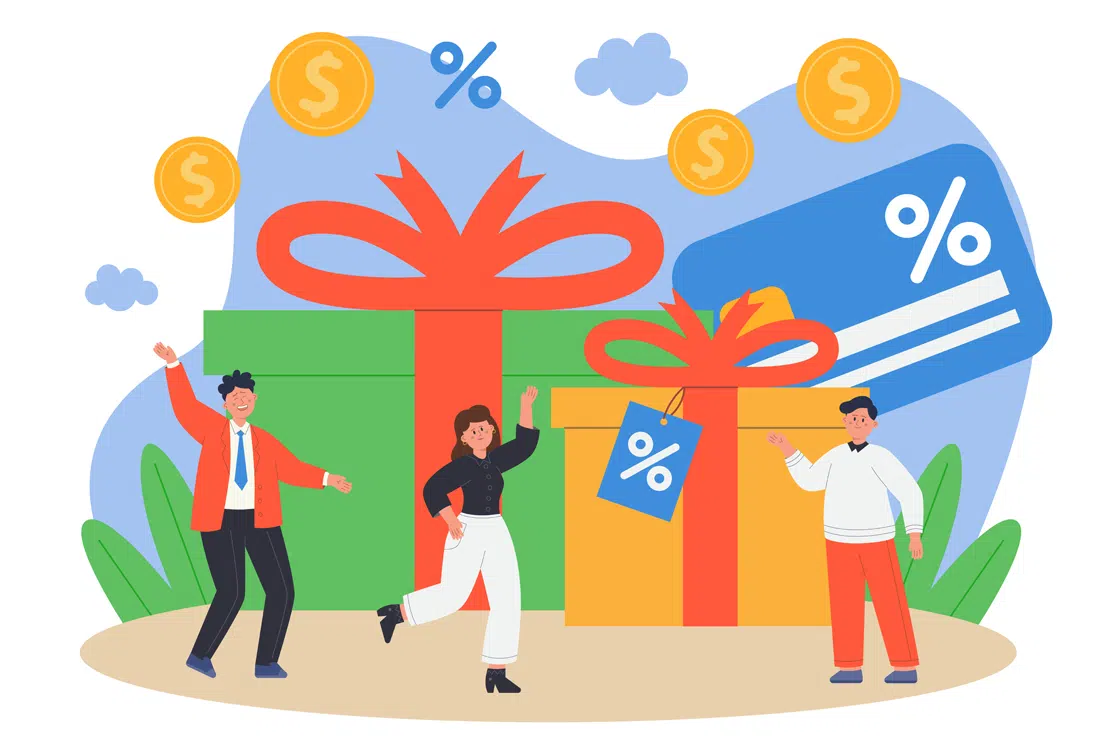
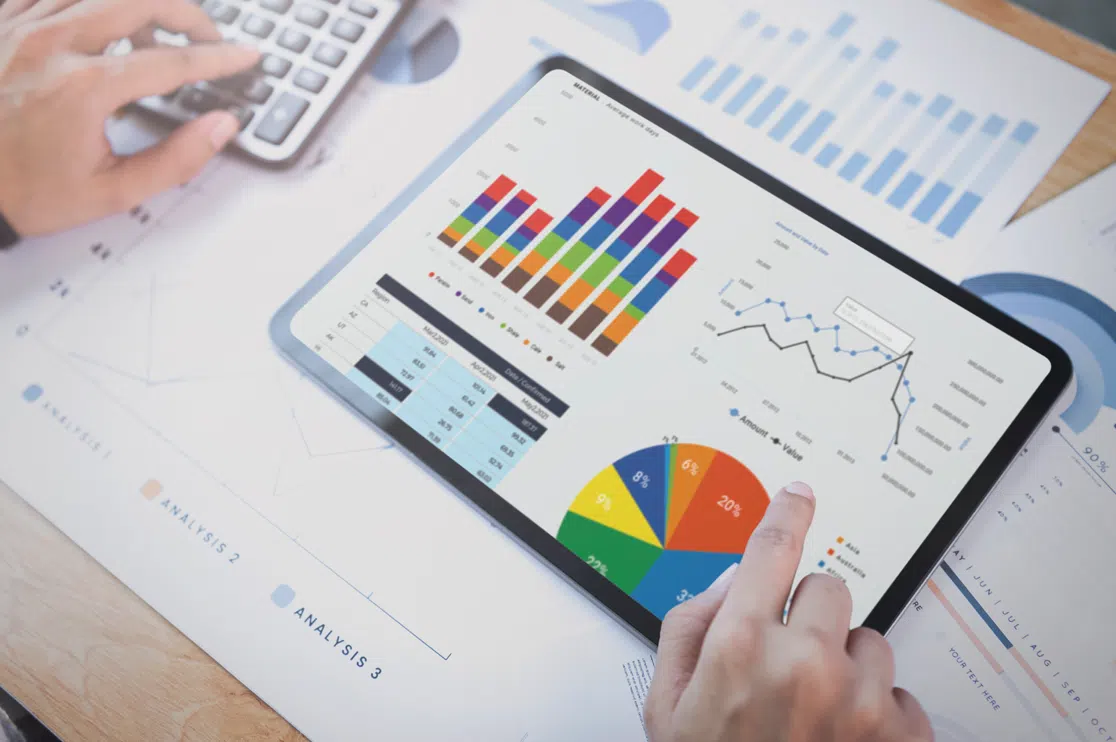 Maximize Your Revenue: Proven Strategies for Leveraging Gift Cards to Boost Your Bottom Line
Maximize Your Revenue: Proven Strategies for Leveraging Gift Cards to Boost Your Bottom Line  Top Challenges Faced by Businesses in Managing Gift Cards and How to Overcome Them
Top Challenges Faced by Businesses in Managing Gift Cards and How to Overcome Them  Mastering Real-Time Sales and Redemption with Gift Card Analytics for Smarter Growth
Mastering Real-Time Sales and Redemption with Gift Card Analytics for Smarter Growth  Enhancing Gift Card Strategies with Customer Segmentation and Behavioral Analysis
Enhancing Gift Card Strategies with Customer Segmentation and Behavioral Analysis 